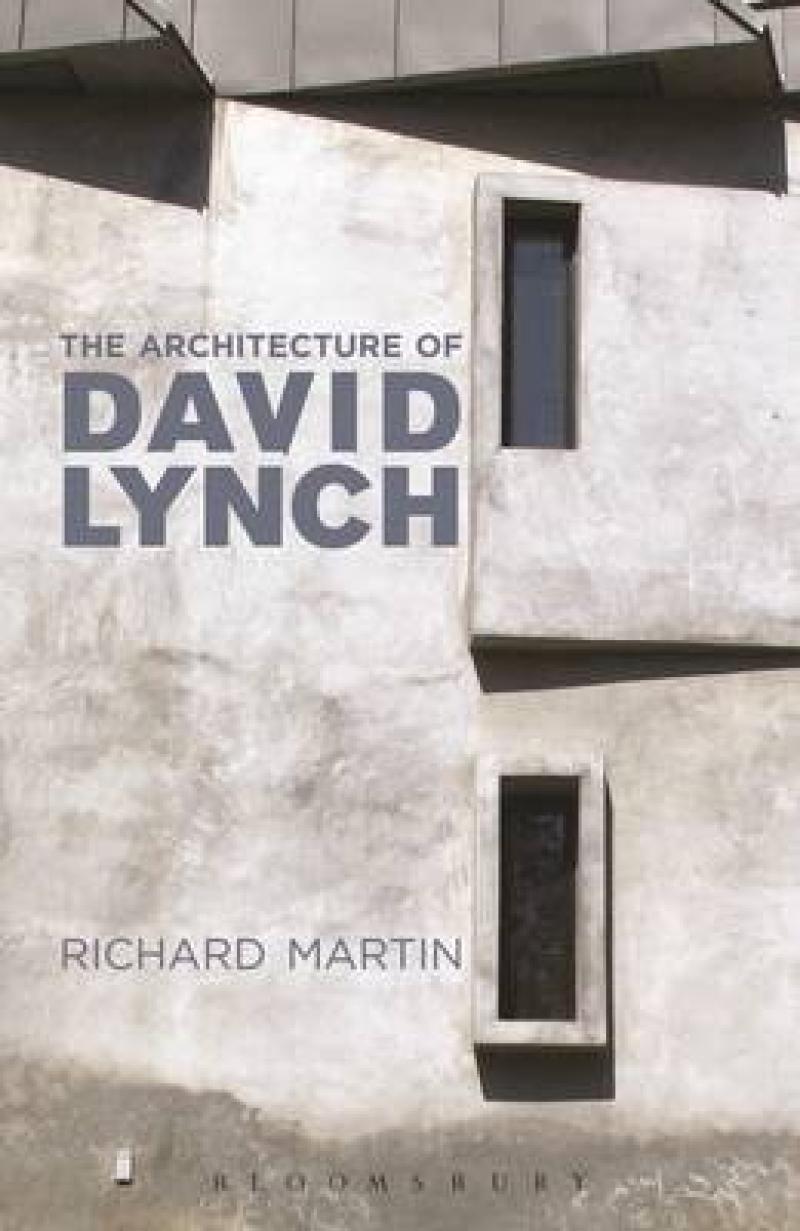From the Red Room in Twin Peaks to Club Silencio in Mulholland Drive, the work of David Lynch contains some of the most remarkable spaces in contemporary culture. Richard Martin's compelling study is the first sustained critical assessment of the role architecture and design play in Lynch's films. Martin combines original research at Lynchian locations in Los Angeles, London and Lodz with insights from architects including Adolf Loos, Le Corbusier and Jean Nouvel and urban theorists such as Jane Jacobs and Edward Soja. In analyzing the towns, cities, homes, roads and stages found in Lynch's work, Martin not only reveals their central importance for understanding this controversial and distinctive film-maker,
but also suggests how Lynch's films can provide a deeper understanding of the places and spaces in which we live.
Les mer
Prologue: Three Journeys
Introduction: Mapping the Lost Highway
1. Town and City
2. Home
3. Road
4. Stage
5. Room
Acknowledgments
Notes
Image Credits
Works Cited
Index
A thoughtful exploration of Lynchian space, The Architecture of David Lynch ... [provides] a wealth of architectural readings, a diverse bibliography, and a wonderfully insightful analysis of Lynch's filmography that inspire and enrich re-viewings. * New Review of Film and Television Studies *Architecture is more central to the cinema of David Lynch than that of any other film-maker, and now a book finally exists that not only grasps architecture's significance for Lynch but shows that it is impossible to understand these films without a thorough knowledge of the role that architecture plays in them. Martin's book is godsend for anyone with even a passing interest in David Lynch or the relationship between architecture and cinema. He bombards us with insight after insight. -- Todd McGowan, University of Vermont, USAIn this important and original study Richard Martin explores connections between the cinema of David Lynch and a series of distinctive urban spaces, drawing on insights from architectural history, cultural geography and contemporary film theory. -- Matthew Gandy, University College London, UKWhile David Lynch's admirers have long marvelled at his talents as an engineer of atmosphere, the director's architectural thinking has not received the scholarly attention it deserves. The Architecture of David Lynch is thus a welcome study. Brimming with insight and intelligence, this book inhabits the obsessive spatial topoi of Lynch's films, and finds there the traces of history. In Martin's fascinating account, Lynch's moody architecture is a way of engaging modernity's built environments through the kinds of spaces that only cinema can fashion. -- Justus Nieland, Michigan State University, USAThe reviewer commends the author on the work's intelligence and insightful considerations of Lynch's use of space, place and architecture in his films... With an impressive bibliography and 62 color plates of film stills, reproductions of paintings, and photographs of filming locations, the book is an important contribution to Lynch scholarship and engages film scholars to consider the dynamics of space, place and architecture in cinema... Martin's text effectively joins the canonical works of Lynch scholarship, while simultaneously forcing all film scholars to re-evaluate the impact, effect and importance of space, place and architecture in film. * CINEJ Cinema Journal *Incisive and highly readable... Martin finds solid rhetorical ground and a plethora of interdisciplinary source material from which to articulate astonishingly deep, intricate, and, yes, original readings of Lynch's work... The Architecture of David Lynch is clearly an indispensable entry in a densely analyzed field of film and auteur studies. * Jason Clemence, Cultural Politics *Martin's study is such an important addition to 'Lynch' studies, offering a unique analysis of Lynch's cinematic work through design and construction... Martin's particular, unique focus shows how architecture forces us to confront the strange within the urban and suburban, and the social forces at work in the use of architecture, essentially re-establishing and altering our conceptions of the everyday. * Siobhan Lyons, Media International Australia *
Les mer
Critical assessment of the role architecture and design play in David Lynch's films.
Produktdetaljer
ISBN
9781472508812
Publisert
2014-10-23
Utgiver
Vendor
Bloomsbury Academic
Vekt
402 gr
Høyde
138 mm
Bredde
216 mm
Aldersnivå
06, P
Språk
Product language
Engelsk
Format
Product format
Heftet
Antall sider
240
Forfatter
